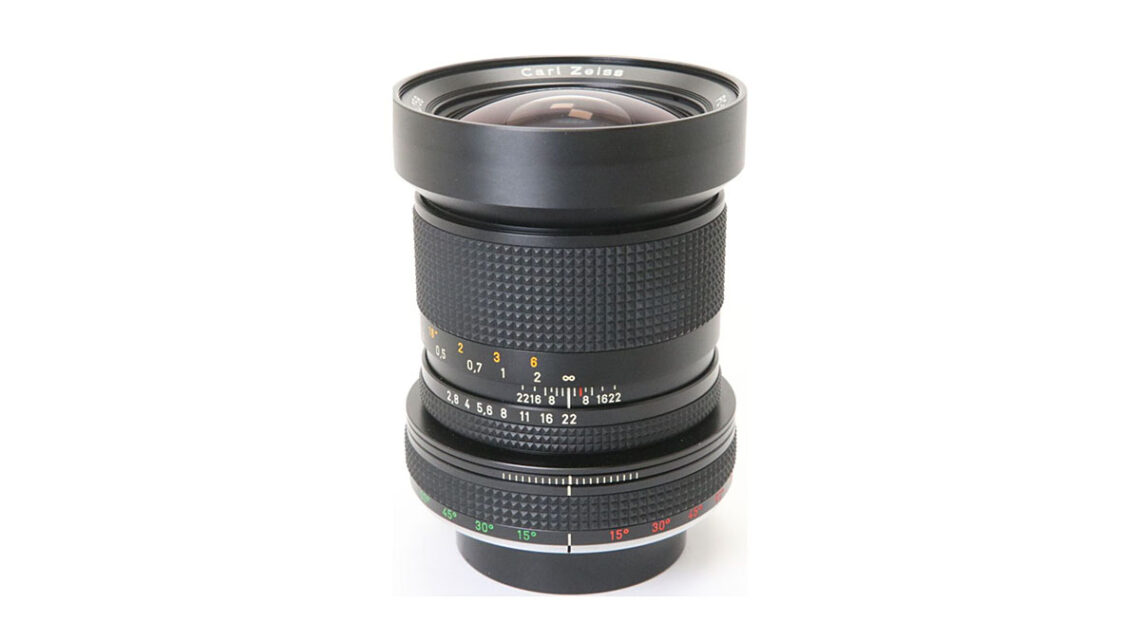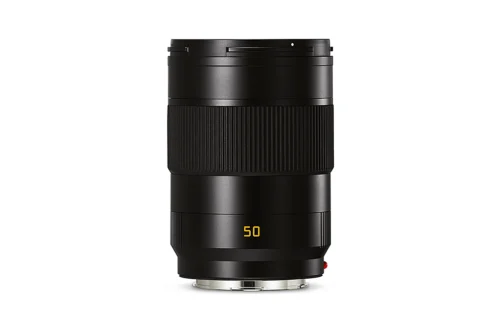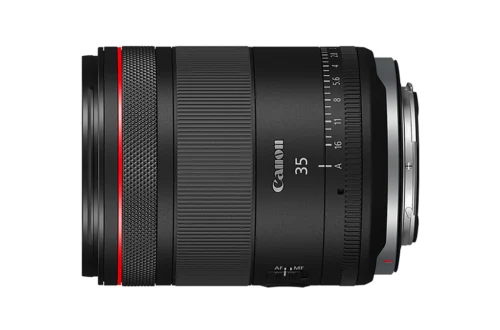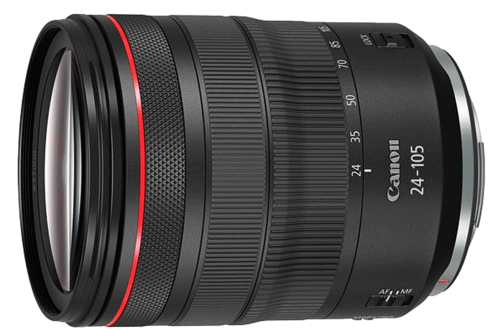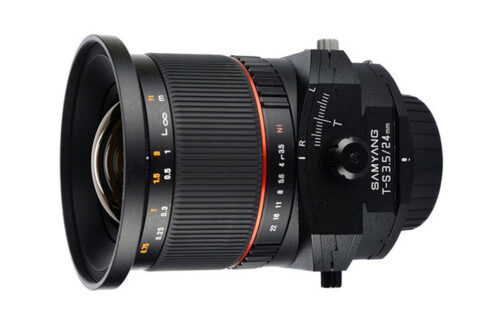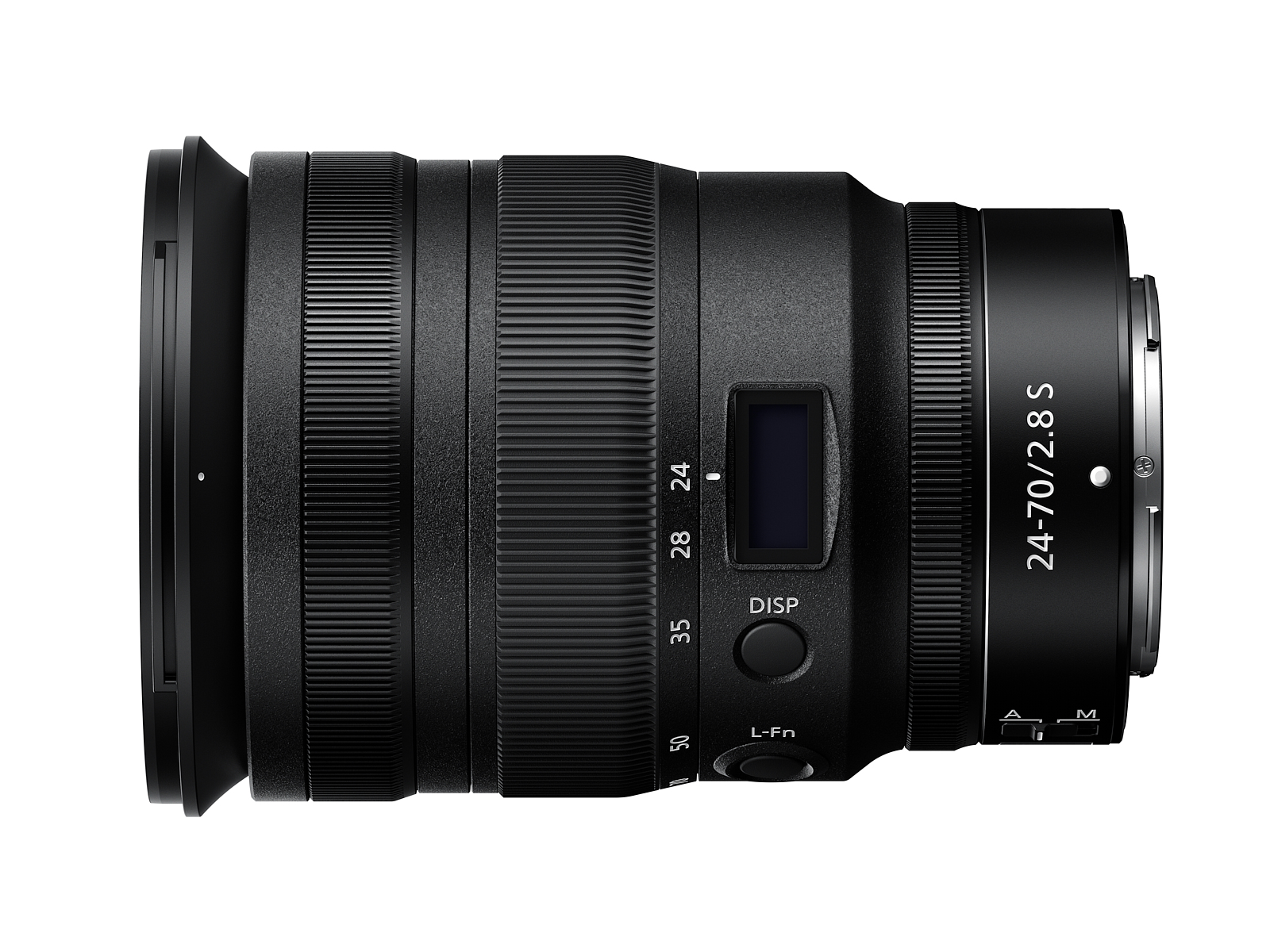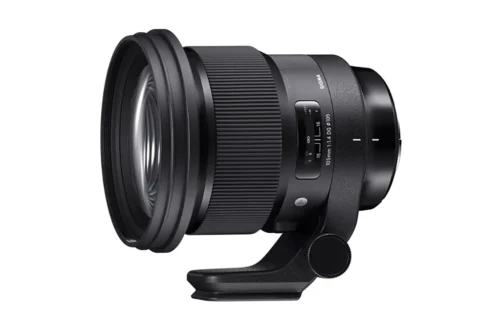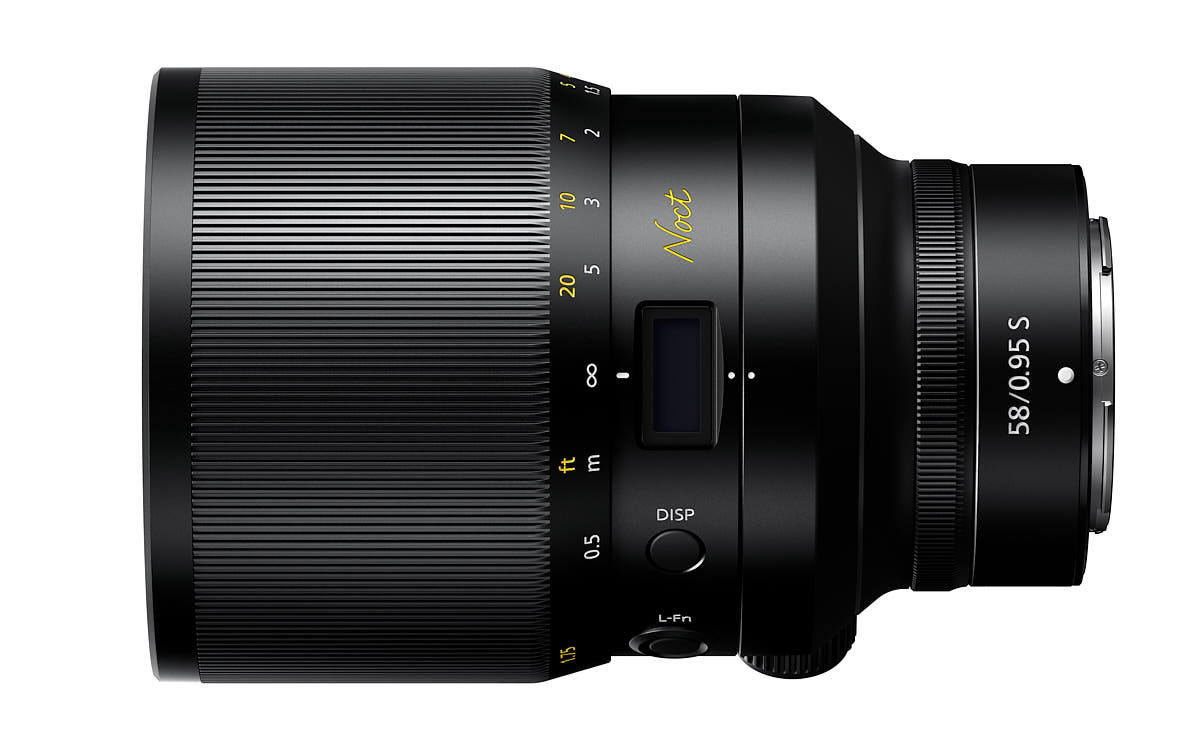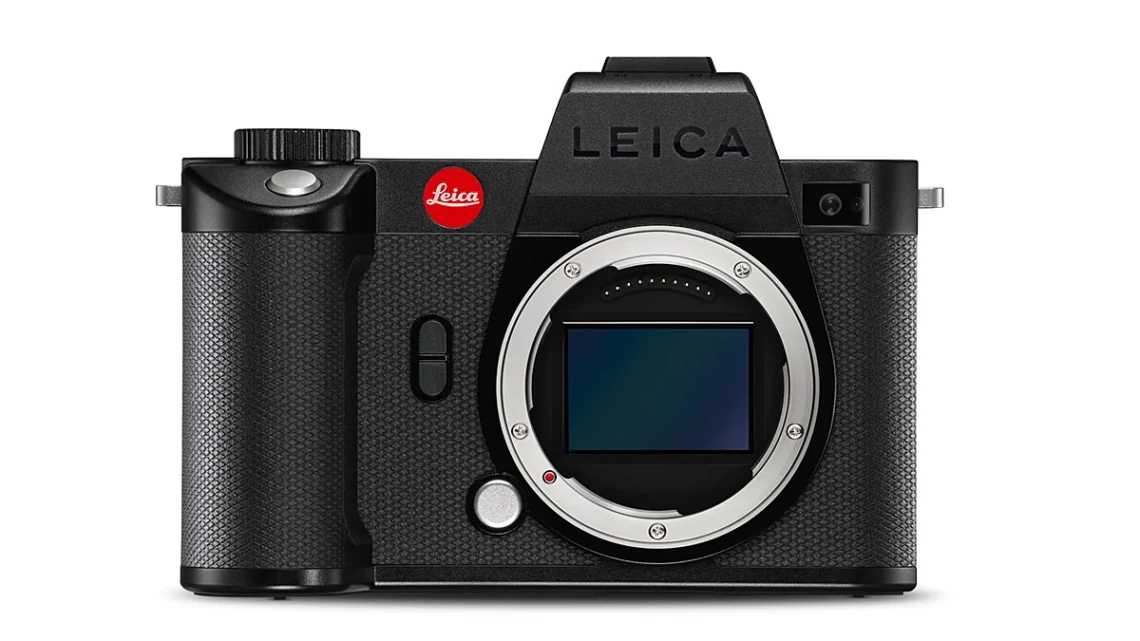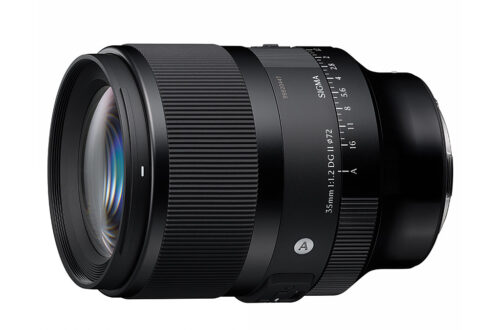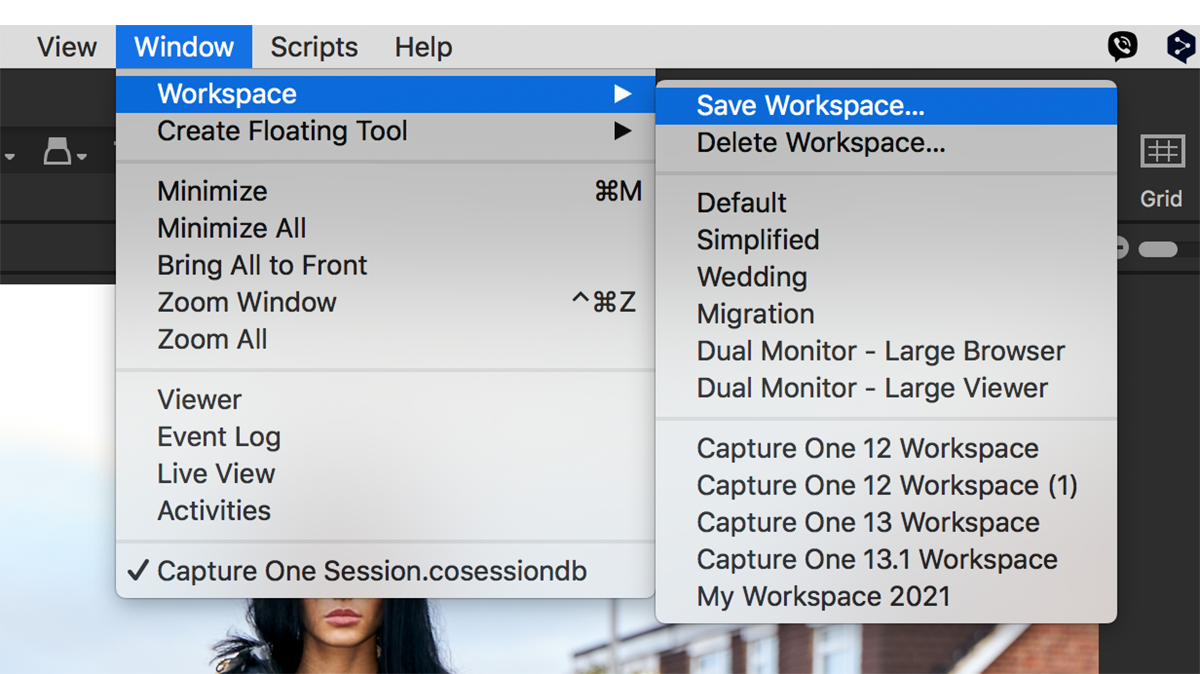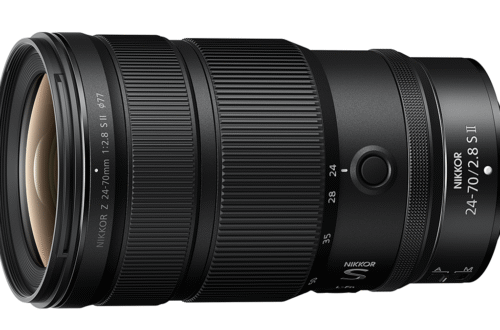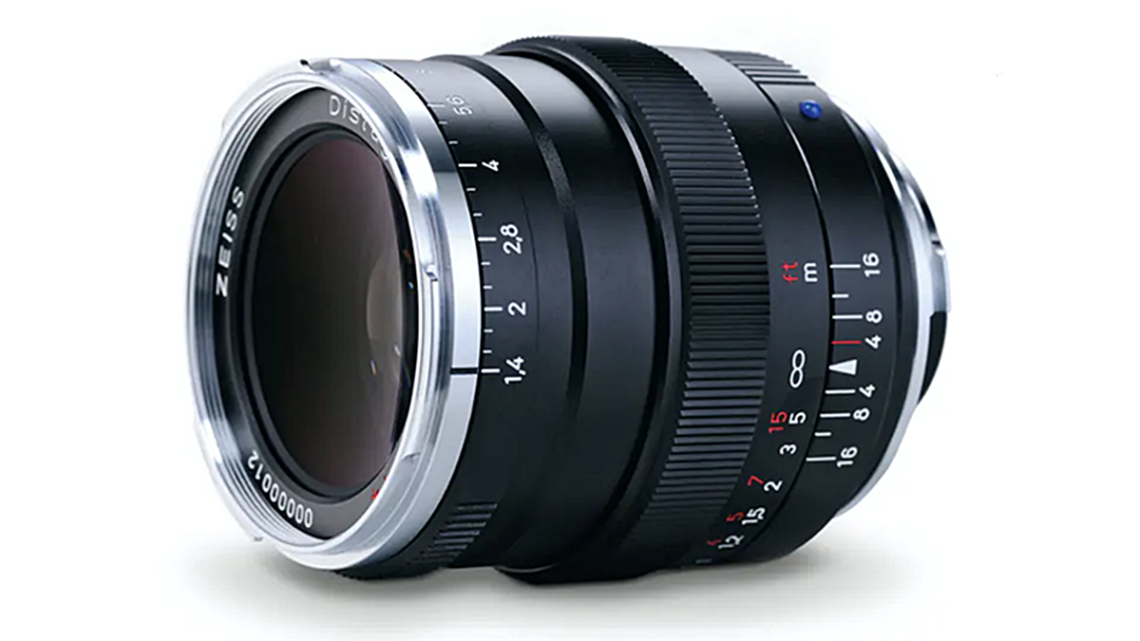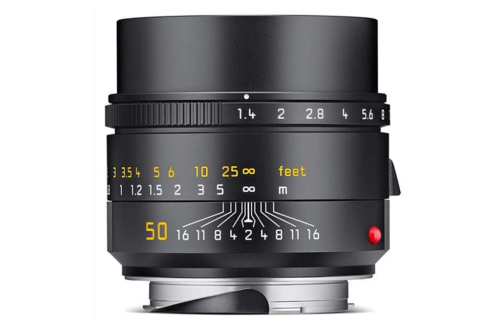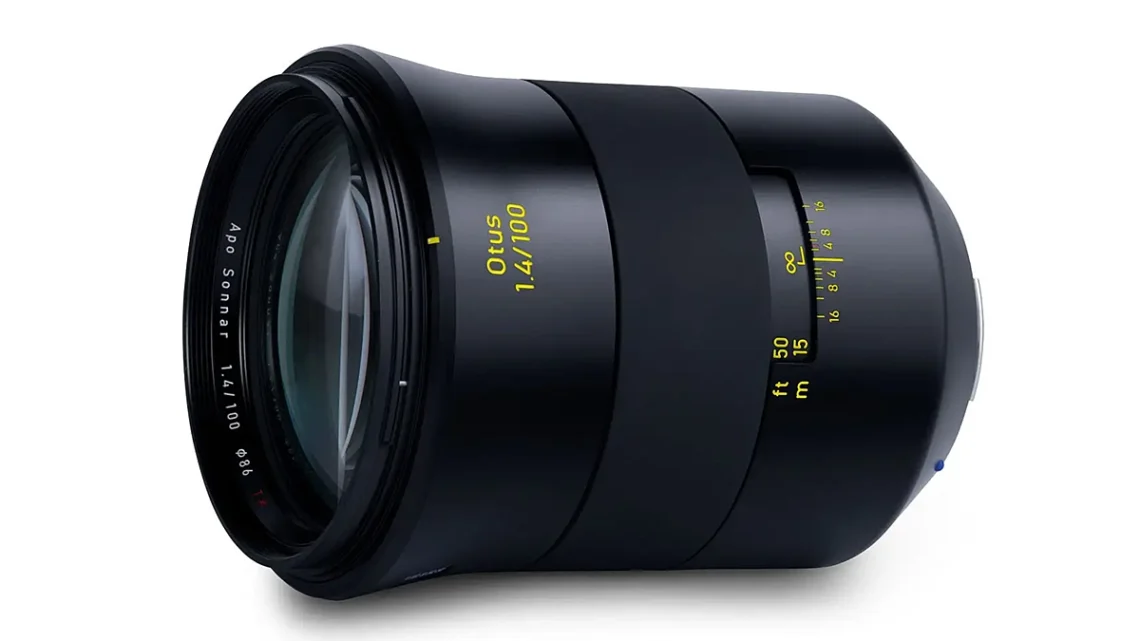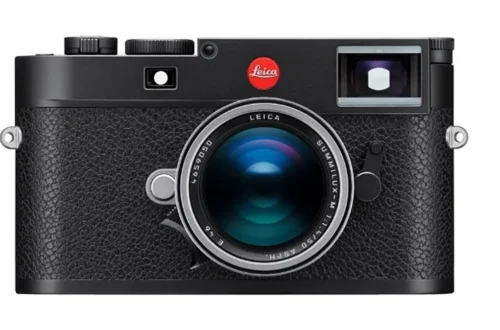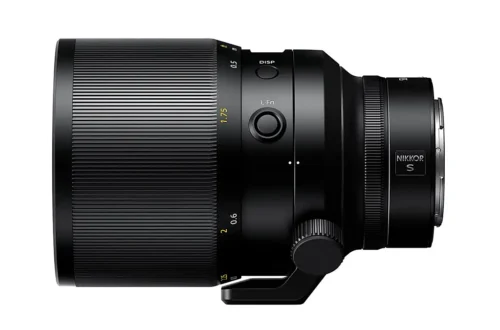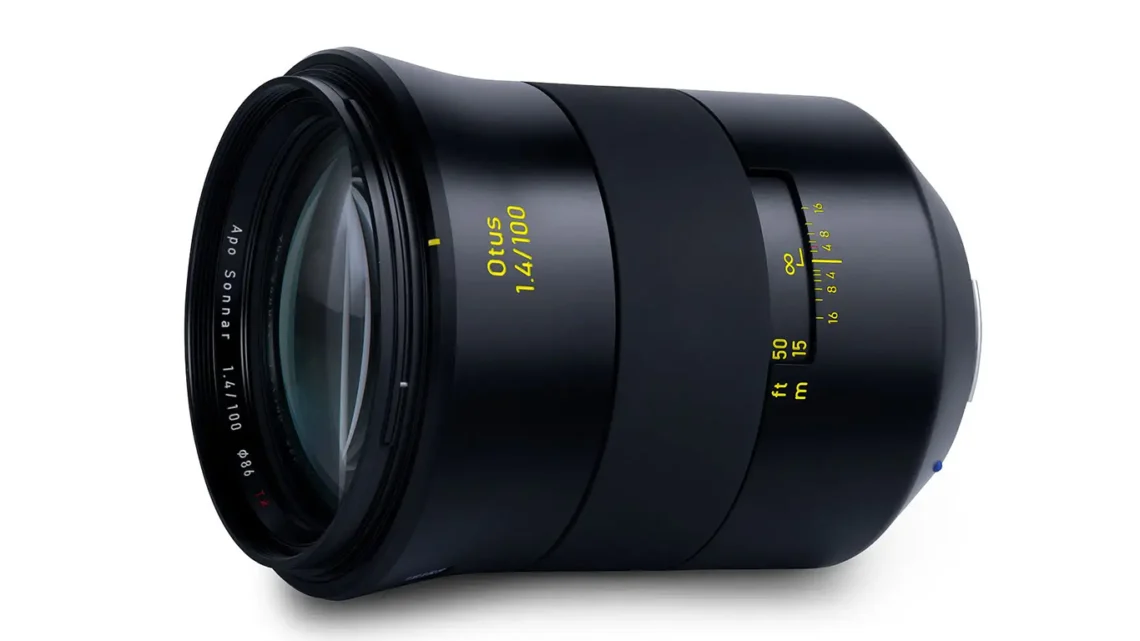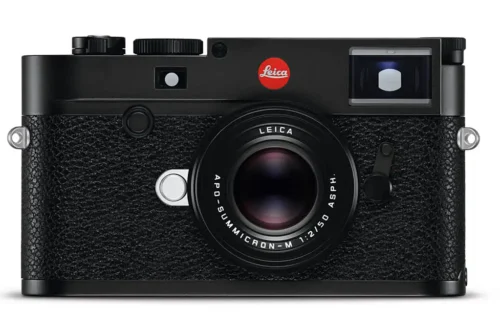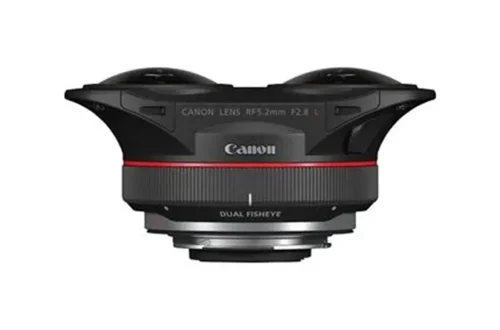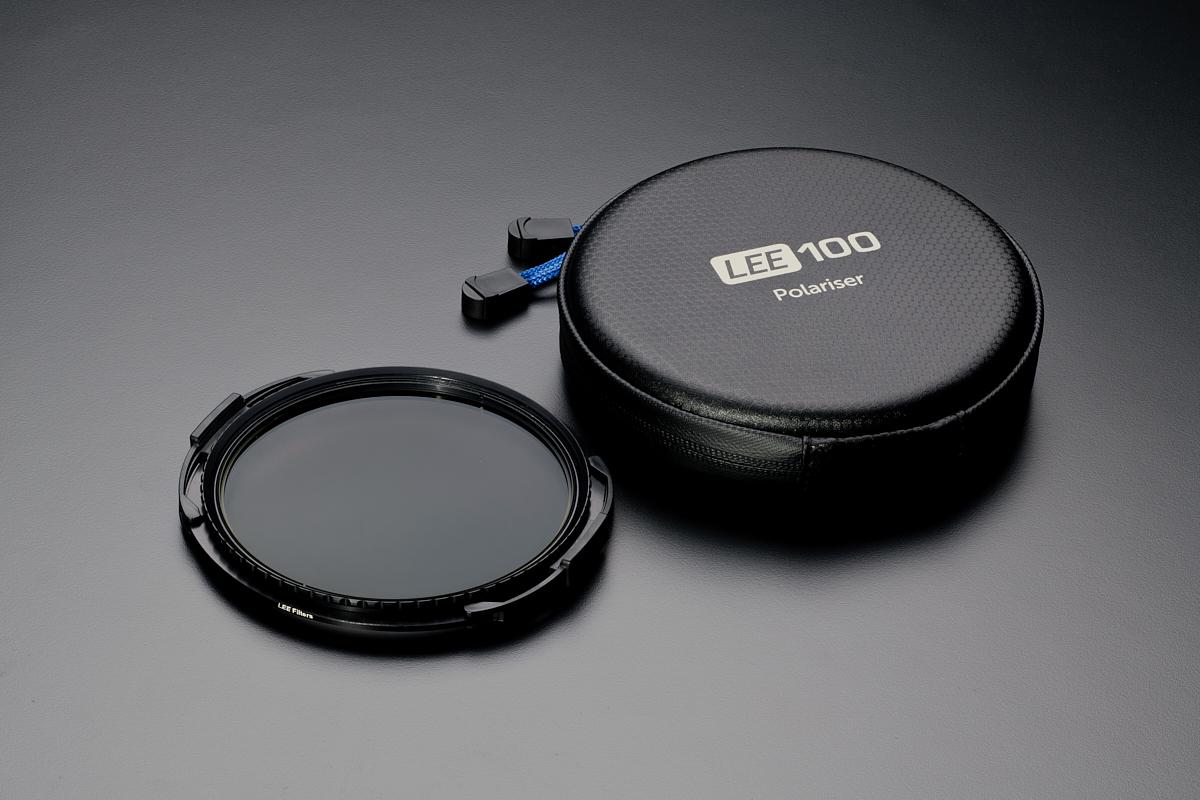-
Contax Zeiss PC-Distagon 2.8/35 T* Tech Specs
Technical Data Manufacturer Zeiss (for Contax) Model Contax Zeiss PC-Distagon 2.8/35 T*. Web zeiss.de Elements/construction 9 elements in 9 groups Angle of view (d/h/v) 63/83° (diagonal) Max aperture F2.8 (five blades) Min aperture F22 Min focus distance 0.3 m / 8.3″ Mount C/Y mount Filter size Clamp-on Contax 70/86mm ring Length 85.6 mm / 3.4 in Diameter 70 mm / 2.8 in Weight 740 g / 1.6 lb Price £2,100 inc VAT / $2,499 RRP when new, over £4,000, nearly $5,000 today (2025) Check price & availability, used only now [affiliate links]: eBay | KEH | MPB (Zeiss)
-
Contax Zeiss PC-Distagon 2.8/35 T* lens review
Key features Highly versatile 35mm focal length +/- 10mm shift (no tilt) 90° rotation left and right in 15° increments Shift movement operates without locking Floating element design to reduce aberrations at close range T* coatings reduce reflections, lens flare, and ghosting Made by Zeiss in Germany (Oberkochen) Stopped-down operation only The Contax Zeiss PC-Distagon 2.8/35 T* is a shift lens manufactured by Zeiss for Contax C/Y mount SLR cameras, designed in the late 1970s or early 1980s. At that time, the 35mm focal length was a popular choice for shift lenses. Canon stood out for its tilt/shift model, but Minolta, Nikon, and Olympus all had 35mm shift lenses in…
-
Fujifilm Fujinon GF50mm F3.5 R LM WR lens review
What is it? The Fujifilm Fujinon GF50mm is a highly compact and relatively lightweight lens for Fujifilm medium format mirrorless cameras. It’s the equivalent of a 40mm on a full-frame 35mm camera, and at one time, back in the 70s, this focal length was hugely popular. Much of that had to do with price, as they competed with medium-speed (F1.8/2) 50mms – the kit lenses of the day – and were often sold as a more affordable alternative. These smaller and lighter 3-group, 4-element Tessar “pancake” designs were and still are highly compelling. Indeed, today the Olympus Zuiko 40mm F2 is around £600, secondhand, and the Contax Zeiss T* 45mm…
-
Aperture values for comparison of lens speed
Comparing maximum aperture values in third- and half-stops can be challenging, so I’ve created a table to facilitate this comparison. Below F1.0, the differences become even more complex, so please consider this information as a guideline rather than definitive (and it may be subject to updates). However, you’re unlikely to encounter many lenses in regular production with such apertures. For instance, both the Nikon Noct Nikkor and the Leica Noctilux have a maximum aperture of F0.95, which is 1/3 stop “faster” than F1.0, nearly 1 stop faster than F1.2 and 1 1/3 stops faster than F1.4, making them a significant benefit for low-light photography. Interestingly, if you’re a film buff,…
-
What I would like to see released in 2024
Manufacturers are often accused of not listening to customers when it comes to introducing new features but I’m sure it’s complicated to strike a balance between what’s achievable and their users’ wishes. Nevertheless, it’s still odd that we haven’t seen some features that would appear to be easy to add, such as those via software or firmware updates. So, here’s a list of some firmware or software (via the maker’s app) features that I would like to see added to cameras this year: Auto aperture series selection, where the photographer can program the camera to select and capture a series across a range of aperture settings. The camera must alter…
-
Zeiss 35mm F1.4 ZM Distagon lens review
Intro Although marketed for the maker’s M-mount Zeiss Ikon rangefinder, the range of ZM lenses is rightly popular with Leica M users. All are accessibly priced compared with their Leica equivalents, and optical performance is often on a par, if not sometimes regarded as being technically superior. With the Zeiss Ikon camera now retired, this new high-speed 35mm model is aimed squarely at Leica’s core users. Compared to the latest iteration from Wetzlar, the Zeiss 35mm F1.4 ZM Distagon is priced somewhat modestly at around £1680 inc VAT. It’s supplied without a case or hood, but there’s no mistaking the quality. Build Externally, the design is reminiscent of previous models,…
-
Zeiss adds 100mm F1.4 Otus to range
After the widely reported leaks, Zeiss has today announced the latest addition to the high-end Otus range for Canon and Nikon DSLRs. The new lens is a 100mm F1.4 model which is available now at around $4500 or 4500 Euros. Check prices and availability: WEX Photo (UK) B&H Photo (USA) Press Release: ZEISS Otus 1.4/100 New ZEISS Otus 1.4/100 DSLR Lens for the Most Demanding Applications ZEISS adds a tele focal length to its line of lenses for full-frame DSLR cameras from Canon or Nikon OBERKOCHEN/Germany, 2019-04-24. With the ZEISS Otus 1.4/100, ZEISS is expanding its lens family for Canon1)- and Nikon1)-photographers who do not want to make any…
-
Zeiss Otus 1,4/100 specs leak
Serial leaker Nokishita Camera has published the specs of a long-rumoured Zeiss Otus 1,4/100 for Canon EF and Nikon F-mount bodies. Besides the already mentioned focal length and high-speed f/1.4 maximum aperture, the specifications leaked include: Mount: ZE (for Canon EF), ZF.2 (for Nikon F) Lens construction: 11 groups 14 elements Minimum focusing distance: 1.0m Maximum magnification: 1: 8.6 Filter size: 86mm Maximum diameter: 100.7mm Focus ring diameter: 90.0mm Length (including the lens cap): ZE: 152.3mm ZF.2: 150.1mm Length (not including the lens cap): ZE: 128.8mm ZF.2: 126.5mm Weight: ZE: 1405g ZF.2: 1336g Following the 28, 55 and 85 mm models released so far, the 100mm lens will be the fourth…
